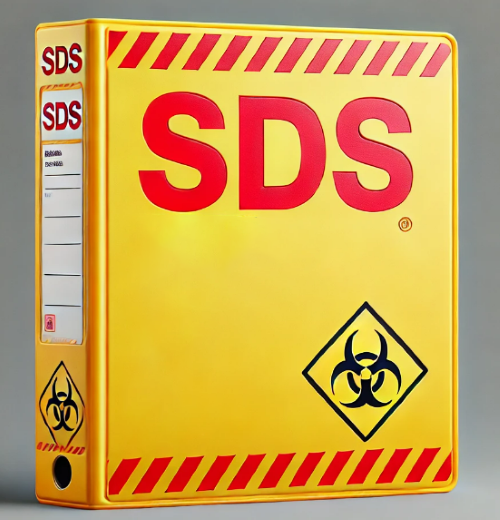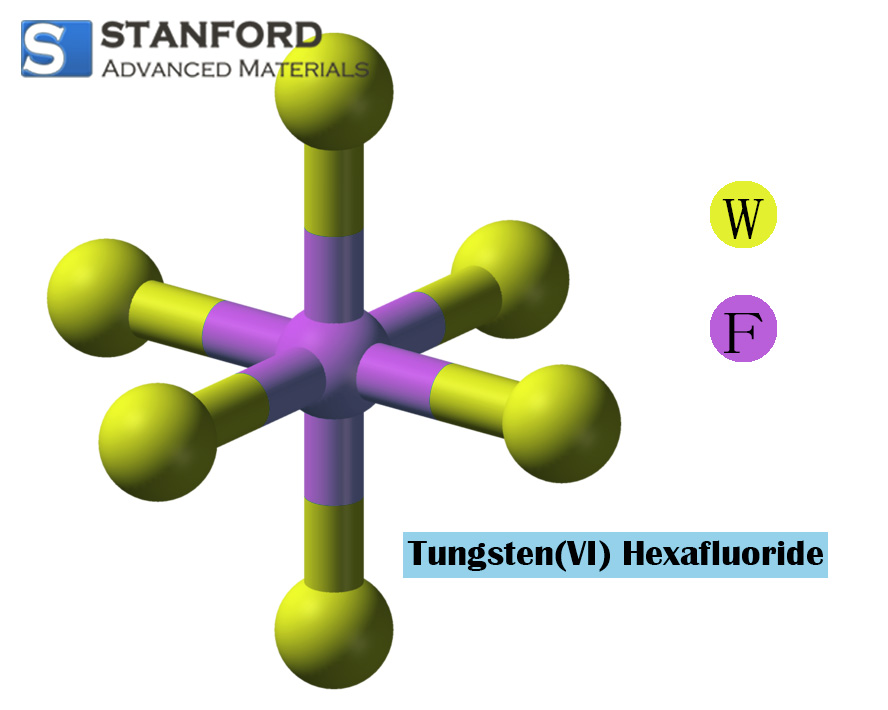SDS Of Molybdenum Sulfide
1: Product Designations
Product name: Molybdenum disulphide
CAS No.: 1317-33-5
Identified uses of the substance or mixture and uses to be avoided
Identified uses: Laboratory chemicals, manufacture of substances
Supplier Details for the Safety Data Sheet
Manufacturer/Supplier:
Stanford Advanced Materials
23661 Birtcher Dr.
Lake Forest, CA 92630
Telephone: (949) 407-8904
Fax: (949) 812-6690
E-Mail: sales@SAMaterials.com
2: Identification of Hazards
2.1 Classification of the substance or mixture
Not classified as a hazardous substance or mixture under Regulation (EC) No. 1272/2008.
2.2 Labelling Elements
Not classified as a hazardous substance or mixture under Regulation (EC) No. 1272/2008.
2.3 Other Hazards
This substance/mixture contains no components that are considered to be persistent, bioaccumulative and toxic (PBT) or very persistent and very bioaccumulative (vPvB) at concentrations of 0.1% or higher.
3: Composition/Details of Constituents
Formula: MoS<SB>2</>
Molecular weight: 160.07 g/mol
CAS No.: 1317-33-5
EC No.: 215-263-9
4: First Aid Measures
4.1 Description of First Aid Measures
Inhalation: If inhaled, move the person to fresh air. If breathing ceases, administer artificial respiration.
In case of skin contact: Immediately wash with soap and plenty of water.
In case of eye contact: Rinse the eyes with water as a precaution.
If swallowed: Never give anything by mouth to an unconscious person. Rinse mouth with water.
4.2 Main acute and delayed symptoms and effects
The principal known symptoms and effects are described in the labelling.
4.3 Advice on immediate medical attention or special treatment
No data available
5: Firefighting Measures
5.1 Firefighting Media
Suitable extinguishing media: Use spray water, alcohol-resistant foam, dry powder or carbon dioxide.
5.2 Specific hazards arising from the substance or mixture
Sulphur oxides, molybdenum oxides.
5.3 Instructions for firefighting
During firefighting use a supplied-air respirator if necessary.
5.4 Further Information
No data available
6: Accidental Release Measures
6.1 Personal precautions, protective equipment and emergency procedures
Avoid the formation of dust. Inhalation of vapours, mists or gases should be avoided.
6.2 Environmental Precautions
No specific environmental precautions are necessary.
6.3 Methods and materials for containment and cleaning up
Sweep up and scoop. Store in suitable, closed containers for disposal.
7: Handling and Storage
7.1 Precautions for safe handling
Provide suitable extraction at locations where dust is generated.
7.2 Conditions for safe storage, including any incompatibilities
Store in a cool place. Keep container tightly closed in a dry and well-ventilated area.
Storage class (TRGS 510): Non-flammable solids
8: Exposure Control/Personal Protective Equipment
8.1 Control Parameters
8.2 Exposure Control Measures
Suitable technical measures: General industrial hygiene practice.
Personal Protective Equipment
Eye/face protection: Use eye protection that has been tested and certified according to relevant state standards such as NIOSH (USA) or EN 166 (EU).
Skin protection: Use gloves. Wash and dry hands.
Body protection: Select body protection based on the type, concentration and quantity of the hazardous substances and the specific workplace. The protective equipment must be chosen according to the concentration and quantity of the hazardous substance present.
Respiratory protection: A respirator is not required. For protection against nuisance dust, use (EN 143) dust masks. Use respiratory masks and components that have been tested and certified according to relevant state standards such as NIOSH (USA) or CEN (EU).
Environmental exposure control: No specific environmental controls are necessary.
9: Physical and Chemical Properties
a) APPEARANCE: Form: Powder
Colour: grey
b) Melting/freezing point: 2.375 °C
c) Relative density: 5.060 g/cm³
10: Stability and Reactivity
10.1 Reactivity
No data available.
10.2 Chemical Stability
Stable under the recommended storage conditions.
10.3 Possibility of hazardous reactions
No data available.
10.4 Conditions to Avoid
No data available.
10.5 Incompatible Materials
Hydrogen peroxide, strong oxidising agents.
10.6 Hazardous Decomposition Products
Hazardous decomposition products formed under fire conditions – sulphur oxides, molybdenum oxides.
Other decomposition products – no data available.
11: Toxicological Information
11.1 Toxicological Effects
Acute Toxicity
No data available for Molybdenum(V) sulphide.
LC50 (Inhalation – Rat – 4 h – > 2 820 mg/m³ (Molybdenum(V) sulphide))
Remarks: Lungs, thorax or respiration: other changes.
Carcinogenicity
IARC: No component of this product present at concentrations of 0.1% or higher is identified by IARC as a probable, possible or confirmed human carcinogen.
12: Ecological Information
12.1 Toxicity
No data available.
12.2 Persistence and Degradability
No data available.
12.3 Bioaccumulation Potential
No data available.
12.4 Mobility in Soil
No data available (Molybdenum(V) sulphide).
12.5 Results of the PBT and vPvB Assessment
This substance/mixture contains no components that are considered to be persistent, bioaccumulative and toxic (PBT) or very persistent and very bioaccumulative (vPvB) at concentrations of 0.1% or higher.
13: Disposal Considerations
Product
Offer excess and non-recyclable solutions to a licensed disposal company.
Contaminated packaging
Dispose of in the same manner as unused product.
14: End of Data Sheet
This Safety Data Sheet is provided solely for your information, consideration and investigation. Stanford Advanced Materials provides no warranties, either express or implied, and assumes no responsibility for the accuracy or completeness of the data contained herein.

 Bars
Bars
 Beads & Spheres
Beads & Spheres
 Bolts & Nuts
Bolts & Nuts
 Crucibles
Crucibles
 Discs
Discs
 Fibers & Fabrics
Fibers & Fabrics
 Films
Films
 Flake
Flake
 Foams
Foams
 Foil
Foil
 Granules
Granules
 Honeycombs
Honeycombs
 Ink
Ink
 Laminate
Laminate
 Lumps
Lumps
 Meshes
Meshes
 Metallised Film
Metallised Film
 Plate
Plate
 Powders
Powders
 Rod
Rod
 Sheets
Sheets
 Single Crystals
Single Crystals
 Sputtering Target
Sputtering Target
 Tubes
Tubes
 Washer
Washer
 Wires
Wires
 Converters & Calculators
Converters & Calculators
 Write for Us
Write for Us
 Chin Trento
Chin Trento


